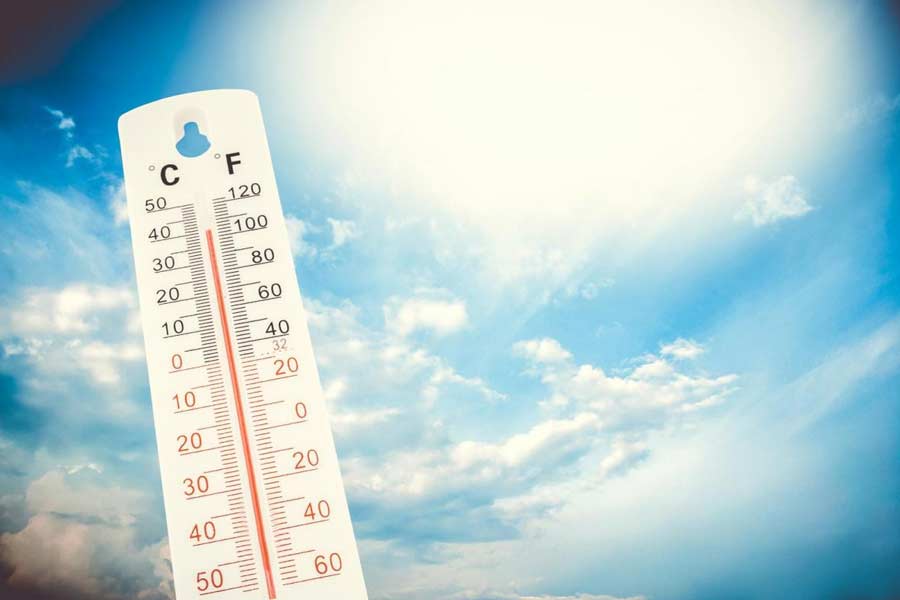As summer scorches large parts of the country, weather scientists have picked up early signs of a favourable monsoon season this year in fading El Nino conditions and lesser snow cover over Eurasia.
In an interview with PTI, India Meteorological Department Director General Mrutyunjay Mohapatra said large-scale climatic phenomena were conducive for the southwest monsoon, which is crucial for the largely rain-fed Indian economy.
"This year El Nino is fading. By the beginning of June, it may become a neutral condition," Mohapatra said, referring to the warming of the central Pacific Ocean which is considered one of the factors to impact the southwest monsoon.
He said the second half of the July-September monsoon season may witness La Nina conditions, which refer to the cooling of the central Pacific Ocean.
"La Nina is good for the Indian monsoon. And neutral conditions are good. However, El Nino is not good. In 60 per cent of years, El Nino has had a negative impact on the Indian monsoon, but last year, it did not have a negative impact," Mohapatra said.
"This year also the snow cover is less. That is another positive factor. So large-scale processes are conducive for monsoon," he said.
The southwest monsoon delivers about 70 per cent of India's annual rainfall, critical for the agriculture sector that accounts for about 14 per cent of the GDP and employs more than half of its 1.4 billion population.
India received "below-average" cumulative rainfall of 820 mm compared to the long-period average of 868.6 mm in the 2023 monsoon season, which was attributed to a strengthening El Nino.
The IMD is set to issue the southwest monsoon forecast later this month.
The IMD considers three large-scale climatic phenomena for forecasting monsoon season rainfall.
The first is the El Nino, the second is the Indian Ocean Dipole (IOD) which occurs due to differential warming of the western and eastern sides of the equatorial Indian Ocean and the third is the snow cover over the northern Himalayas and the Eurasian landmass, which also has an impact on the Indian monsoon through the differential heating of the landmass.
Except for the headline, this story has not been edited by The Telegraph Online staff and has been published from a syndicated feed.

